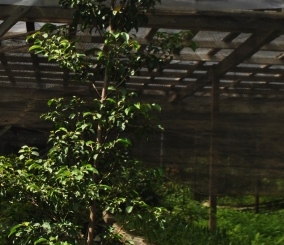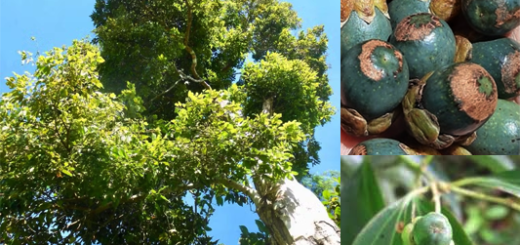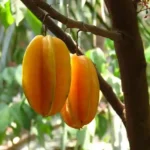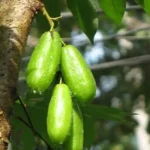Tsaang Gubat – A Filipino Herbal Wonder
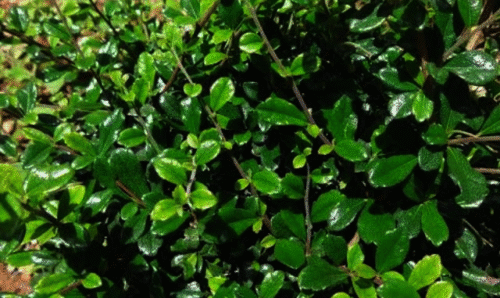
Tsaang Gubat, Scientific name: Ehretia microphylla, synonym: Carmona retusa, is a remarkable plant native to the Philippines that has been used for centuries as a natural remedy for various health concerns. Often referred to as “wild tea,” this unassuming shrub has earned a place in Filipino households for its wide array of medicinal benefits. Despite being relatively under the radar in the global herbal medicine scene, Tsaang Gubat offers impressive health benefits that are worth exploring.
Tsaang Gubat or Philippine tea tree is registered in the Philippines Bureau of Foods and Drugs as a medicine for its proven therapeutic property.
It is also called Fukien Tea tree, Wild Tea, Forest Tea, Philippine Tea, Chaang Bundok.
What Is Tsaang Gubat?
Tsaang Gubat, or “Wild Tea,” thrives in the forests and mountainous areas of the Philippines. It is a small shrub that typically grows up to 3 meters high, with simple, ovate leaves and small white flowers. While it may not catch your eye as a flashy ornamental plant, the leaves and bark of Tsaang Gubat have earned it recognition in traditional Filipino medicine.
The plant is a member of the family Boraginaceae, which includes various other medicinal plants. Though the name “Tsaang Gubat” translates roughly to “forest tea,” it’s important to note that it is not related to the actual tea plant (Camellia sinensis). Rather, its leaves are used to make a herbal infusion that boasts several health benefits.
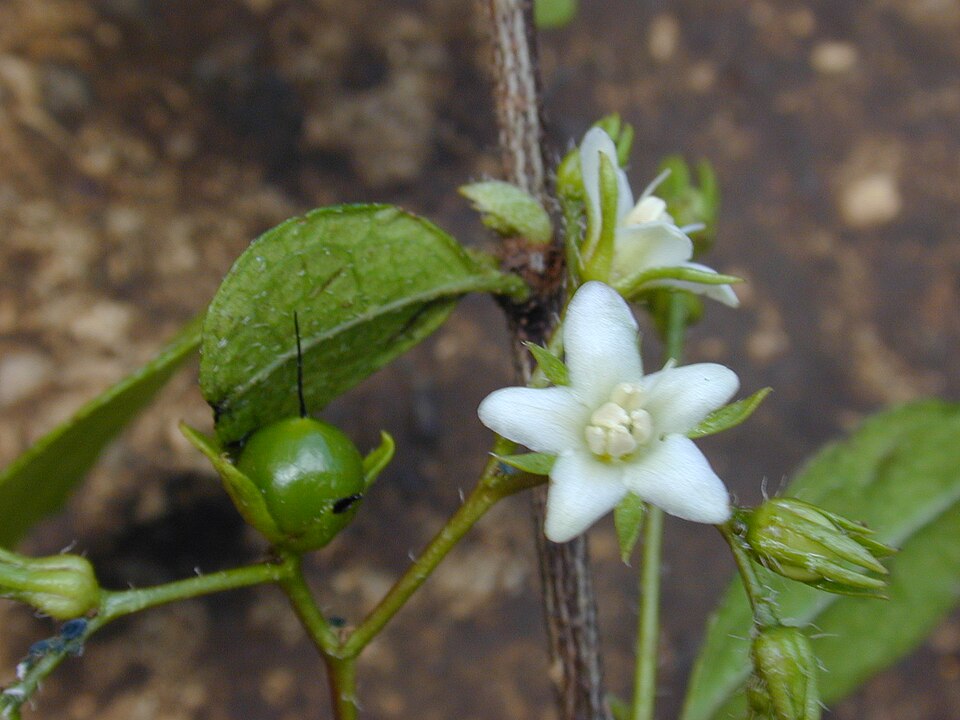
Carmona retusa (flower and fruit). Location: Maui, Haiku – Creative Commons | Author: Forest & Kim Starr – Source: https://commons.wikimedia.org/wiki/File:Starr_010425-0048_Carmona_retusa.jpg
Health Benefits of Tsaang Gubat
Tsaang Gubat has long been revered in Filipino folk medicine for its healing properties. While scientific studies are still catching up with local knowledge, the anecdotal evidence is compelling. Some of the major health benefits attributed to this plant include:
1. Digestive Aid
One of the most popular uses of Tsaang Gubat is to treat digestive problems. It’s commonly consumed as a tea to relieve upset stomach, diarrhea, and indigestion. The leaves contain compounds that have soothing effects on the gastrointestinal tract, making it a natural remedy for gastrointestinal discomfort. In many rural communities, the leaves are brewed into a tea to ease symptoms of bloating or nausea.
2. Anti-inflammatory Properties
Tsaang Gubat has notable anti-inflammatory effects. Extracts from the plant have been shown to help reduce inflammation in the body, which can be beneficial for conditions like arthritis and joint pain. For this reason, the plant is often used in poultices or topical applications to soothe swelling or discomfort from sprains and bruises.
3. Antibacterial and Antifungal
Tsaang Gubat is known for its antibacterial and antifungal properties. It is often used as a natural remedy for skin infections, particularly fungal conditions like athlete’s foot or ringworm. Applying an infusion or decoction of Tsaang Gubat to the affected area can help prevent infection and promote healing.
4. Promotes Oral Health
In the Philippines, Tsaang Gubat is sometimes used as a mouthwash or gargle. Its antibacterial properties help combat the bacteria that cause bad breath, gum disease, and tooth decay. Some people even chew the leaves for their antibacterial benefits. It’s a gentle, natural alternative to chemical-laden mouthwashes, and its use is rooted in centuries of tradition.
5. Improved Skin Health
Tsaang Gubat is believed to support healthy skin by reducing inflammation and promoting healing. Topical applications of its leaves or infusions are often used to treat minor skin irritations, insect bites, or rashes. Its calming properties can help soothe irritated skin, while its antibacterial activity aids in preventing infection.
6. Good for the Respiratory System
Tsaang Gubat is also believed to be beneficial for respiratory health. It is sometimes used to help relieve symptoms of asthma, coughs, and colds. Its anti-inflammatory effects can help ease congestion, while its soothing properties may help calm irritation in the throat.
How to Use Tsaang Gubat
Tsaang Gubat is most commonly consumed as a tea, but there are other ways to incorporate it into your wellness routine:
Tsaang Gubat Tea: To make tea, simply steep a few leaves in hot water for about 5-10 minutes. You can drink this tea to support digestion or soothe stomach discomfort. It is best enjoyed freshly brewed.
Tsaang Gubat Infusion for Skin: To use it for skin conditions, brew the leaves and allow the infusion to cool. You can use it as a wash for minor wounds, rashes, or insect bites.
Topical Application: For conditions like muscle pain or inflammation, you can make a poultice by crushing the fresh leaves and applying them directly to the affected area.
Mouthwash: Boil the leaves and let the mixture cool to room temperature, then use it as a mouthwash to support oral health.
The Safety of Tsaang Gubat
While Tsaang Gubat has been traditionally used in many Filipino households, it’s always important to practice caution when using any herb. Although it is considered generally safe, it is advisable to consult with a healthcare provider, particularly if you are pregnant, breastfeeding, or taking other medications. Some individuals may experience mild allergic reactions, so it’s always best to perform a patch test if you are applying it topically.
A Gift from the Forest
Tsaang Gubat may not be as widely known as other herbs in the global herbal medicine community, but its long history of use in Filipino medicine speaks volumes about its effectiveness. From digestive aid to skin health, the versatile uses of Tsaang Gubat make it a valuable addition to the list of natural remedies that people continue to rely on in the modern world.
Whether you’re brewing a warm cup of Tsaang Gubat tea to settle your stomach or using it topically to soothe skin irritation, this humble herb has earned its place in the natural medicine cabinet. As with all herbal remedies, always ensure that you’re using it responsibly, and consider seeking guidance from a healthcare professional if you have concerns about its use.
Have you ever tried Tsaang Gubat or any other Filipino herbs? Share your experiences and let us know what other natural remedies you swear by!
Disclaimer
Please consult your doctor before using any herbal medicine, particularly if you have a known medical condition or if you are pregnant or nursing. You are responsible for your own health. As with conventional medicine, herbal medicine is vast and complex, and must be used responsibly.
References:
https://en.wikipedia.org/wiki/Ehretia_microphylla
https://hellodoctor.com.ph/herbals-and-alternatives/herbal-medicines/tsaang-gubat/
https://www.herbanext.com/medicinal-herbs/forest-tea-tsaang-gubat

